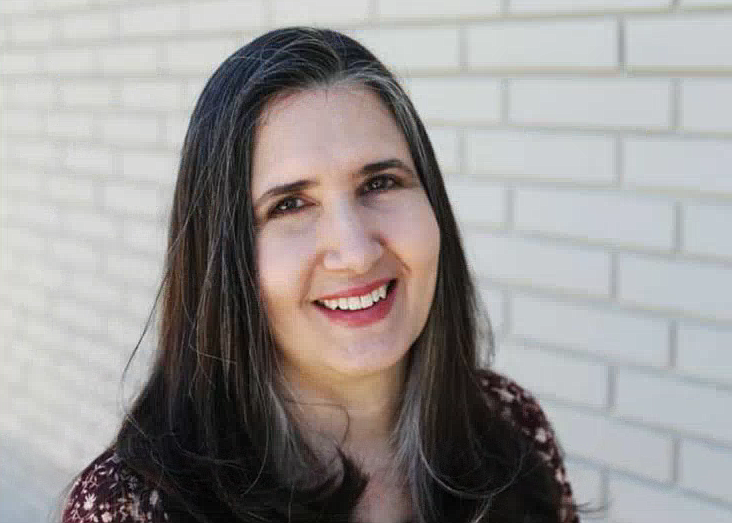Disagree? Discuss it
SHOLEH PATRICK | Coeur d'Alene Press | UPDATED 3 years, 2 months AGO
Today’s more polarized society leaves many to conclude that when we disagree, talking about it just isn’t worth it. I’m not going to change your mind, and you won’t change mine. Right?
Maybe not.
If you’re old enough to remember that nicer time when people of differing opinions could not only be in a room, they could actually be friends, one recent study suggests those days aren’t over.
News flash: We don’t actually need to be mirrors of one another.
Diversity isn’t just about ethnicity, race or religion. Diversity is also about thought. And if history has proven anything about mankind, it’s that when we segregate (on whatever basis), things just get worse.
A study by researchers at Harvard, Princeton, and Dartmouth which was published online in August (peer reviews pending), “How consensus-building conversation changes our minds and aligns our brains” (Sievers, et. al.), found that talking out even contentious topics is far from pointless. We can change minds — including our own, if not immediate opinions.
That’s minus a blowhard — someone self-centric who insists on their voice being loudest, drowning out others’ thoughts. As long as members of a group discussion speak civilly and allow balanced conversation, taking turns and actually listening to what’s being said (rather than just biding time until they can speak again), finding common ground or at least common understanding is a realistic scenario.
Maybe we just need to treat all sorts of discussions like we would at work, when a team is trying to build consensus. People have different experiences, perspectives, and emotions. Recognizing that instead of beginning with “you’re wrong and I won’t hear you” can lay the groundwork.
A few years ago, lead researcher Dr. Beau Sievers devised a study to understand exactly how groups achieve consensus, examining how individual brains change after such discussions. The results showed that a vigorous conversation that ends in some consensus synchronizes the participants’ brains — not only when thinking about the topic discussed, but also in unrelated situations.
Granted, in this experiment the participants — who were acquainted with one another — didn’t discuss modern politics. They discussed lesser-known, dramatic movies with some ambiguity, unusual scenes, and themes more likely to elicit different reactions.
In other words, films people wouldn’t feel the same about.
Until they talked about it, as it turned out. Their brains were scanned twice while watching certain scenes from the films: Once before group discussion and debate, and again during a re-watch of the same scenes after the rigorous discussions.
Here’s the interesting part: Comparing the pre- and post-discussion brain scans, the participants’ brain activity became more aligned after they talked about it. More synchronized. Even while group members maintained different interpretations of, or feelings about, some scenes, their brains were synchronized when watching the scenes they had discussed.
Talking it out helps us “get” one another. It removes the “otherness” and tendency to dehumanize. It’s not just final opinions that matter; it’s finding some point of consensus underneath. Despite having watched the same clips, the brain patterns from one group to another were meaningfully different (some differences in interpretations maintained), but within each group, the activity was far more synchronized.
Two people can care very deeply and sincerely about the same issue and not have the same opinion. Learning why, adding to mutual education and understanding about the subject, can literally bring us to the same wavelength to help solve problems.
According to an article in the New York Times, the results are similar to a 2017 study of volunteers with opposite interpretations of the J. D. Salinger story, “Pretty Mouth and Green My Eyes,” showing those with similar beliefs tend to share brain responses. A more recent study published in the Proceedings of the National Academy of Sciences (Leong 2020) found brain activity in conservatives watching the news looked more similar to one another than to liberals watching the news, and vice versa.
It would have been interesting to mimic the film study on that group of news watchers watching the same news channel. These days, all broadcast news content is no longer the same.
Taking the studies together suggests that the degree of similarity in brain responses depends not only on our predispositions, but also on common ground resulting from conversation. Mediators probably see this every day. Starting off with two polarized opinions, after moderated and civil discussion, can and does lead to some level of common ground or consensus, even if that’s merely a heightened understanding of where each is coming from.
So let’s talk.
Thursday: Tips on reducing the lightning in potentially contentious conversation.
• • •
Sholeh Patrick is a columnist for the Hagadone News Network who wonders if we really are better off with hundreds of “news” sources than we were when we all had the same five. Email [email protected].

